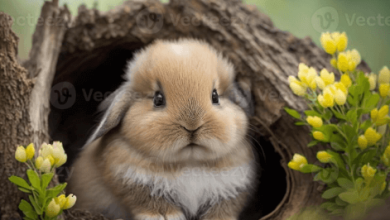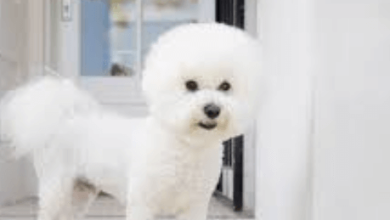Drawing:Vpier3s64be= Cats

Welcome to ‘Drawing:Vpier3s64be= Cats,’ a comprehensive guide for aspiring artists looking to unleash their creativity and master the art of drawing feline friends.
This unique resource dives deep into the intricacies of cat anatomy, helping you understand the structure that lies beneath those whiskers and paws.
From mastering the subtle nuances of feline facial features to capturing the elegance of cat poses, this guide will empower you to create captivating cat illustrations.
Whether you’re a beginner looking to explore different drawing styles or a seasoned artist seeking to refine your techniques, this book offers a wealth of knowledge to spark your imagination and elevate your artistic endeavors.
Understanding Cat Anatomy
The structure of a cat’s skeletal system provides the foundation for understanding cat anatomy. The skeletal structure influences muscle definition, determining the agility and movement capabilities of cats.
Additionally, fur texture and whisker placement are essential aspects of feline anatomy, contributing to sensory perception and communication. By comprehending these physical characteristics, artists can accurately depict the grace and elegance of cats in their drawings.
see also: Drawing:Q5pbirjjkfa= Butterfly
Mastering Facial Features
Understanding the intricate details of a cat’s facial structure is crucial for artists aiming to capture the essence and expression of these feline creatures in their drawings.
Expressive eyes convey emotion, while realistic fur adds depth. Paying attention to whisker details and nose structure enhances the overall realism of the drawing.
Mastering these features allows artists the freedom to create captivating and lifelike portrayals of cats.
Capturing Cat Poses
To accurately depict feline movements in drawings, artists must observe and understand the various poses cats naturally assume. Capturing these purr-fect poses requires keen attention to detail, especially focusing on the whisker wonders that enhance the cat’s grace and agility.
Exploring Different Drawing Styles
When exploring drawing styles for cats, artists can experiment with various techniques to capture the essence of feline grace and agility.
Ink techniques offer a bold and expressive way to outline the sleek form of a cat, while color theory can enhance mood and depth in the artwork.
Conclusion
In conclusion, drawing cats requires a deep understanding of their anatomy, facial features, and poses.
By exploring different drawing styles, artists can capture the unique and varied personalities of these beloved pets.
Whether it’s a realistic portrayal or a more stylized interpretation, the key is to showcase the grace and charm of feline creatures.
So grab your pencil and paper, and let your creativity flow as you bring these fascinating animals to life on the page.




